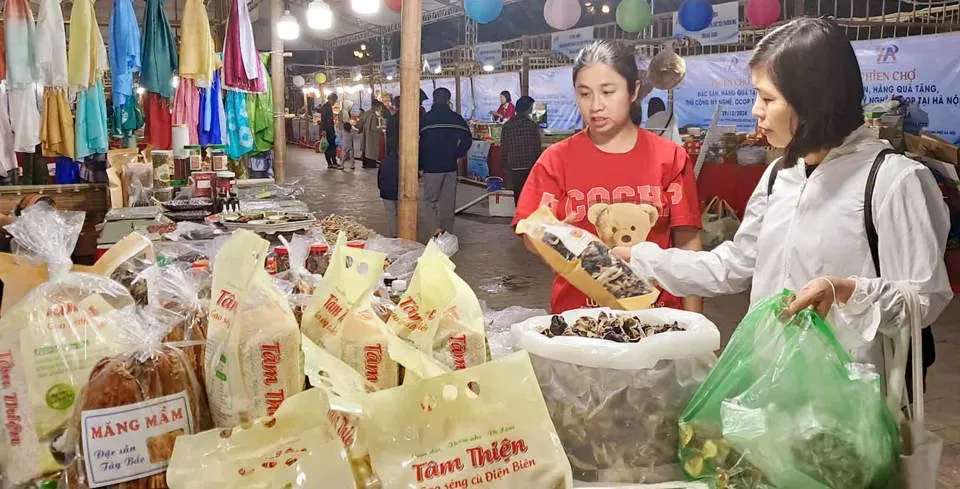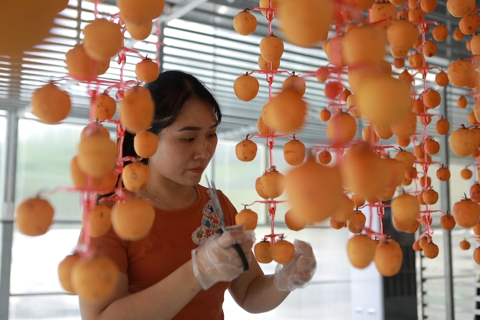OCOP brand helps Hanoi craft villages “take off”
Hanoi's OCOP products, ranging from food to handicrafts, showcase its cultural identity and support rural development.
THE HANOI TIMES — With 1,350 craft and traditional craft villages, Hanoi is well-positioned to implement the One Commune One Product (OCOP) Program, which aims to increase the market value and competitiveness, according to the Hanoi Department of Agriculture and Environment.
Nguyen Xuan Dai, the department’s director, said the OCOP brand has boosted trade and given craft villages new prospects. As craft villages develop, people's economic gains increase and a plentiful supply of OCOP goods is produced.
Since 2021, the city has recognized 38 additional craft and traditional craft villages, bringing the total to 337. These villages have helped create 761 of Hanoi's 3,317 OCOP products, accounting for approximately 23% of the national total.
Moreover, the OCOP products from these craft villages are highly valued thanks to their diversity, designs, and high quality. "Many products from these villages have competitive advantages in local and foreign markets," said Dai.

Consumers shop for OCOP products at a fair in Hanoi. Photo by Hoai Nam/The Hanoi Times.
However, developing OCOP products in craft villages remains daunting. According to Nguyen Van Chuong, Chairman of the Co Chat Embroidery Craft Village Association in Dung Tien Commune, Thuong Tin District, the craft village currently has about 40 households and three products certified as 3-star OCOP. "The products are diverse, but they lack innovative designs and models. There is no narrative behind an item, which makes them less appealing,” said Chuong.
Vu Van Ca, an artisan from Chuyen My Commune in Phu Xuyen District, told The Hanoi Times that pearl inlay has increased the income of artisans in craft villages. If promotion, marketing, and sales were better, their businesses would thrive further. "There is no showroom in Chuyen My Commune, so only a few tourists visit the craft village," said Ca.
More supporting activities are needed
According to Nguyen Xuan Dai of the Department of Agriculture and Environment, Hanoi has identified seven key groups of solutions to promote the development of OCOP products associated with craft villages. The first is developing and implementing policies, followed by applying science and technology, training human resources, and promoting trade.
Additionally, the city has issued a master plan to develop its craft villages from 2025 to 2030 with a vision for 2050 to facilitate the effective preservation and development of these rural crafts,” said Dai.
Regarding the policies that support the development of OCOP products in craft villages, the director said that from 2023 to 2024, the municipal authorities established 16 centers to promote OCOP products and plan to develop five more in 2025.
In the near future, the Department of Agriculture and Environment will continue to support and encourage businesses in craft villages to innovate OCOP product designs and models.
"There is a lot of room in the domestic market for OCOP goods and products from Hanoi’s craft villages. However, consumers' demanding tastes require better quality and design to expand the domestic market along with export,” said Dai.











